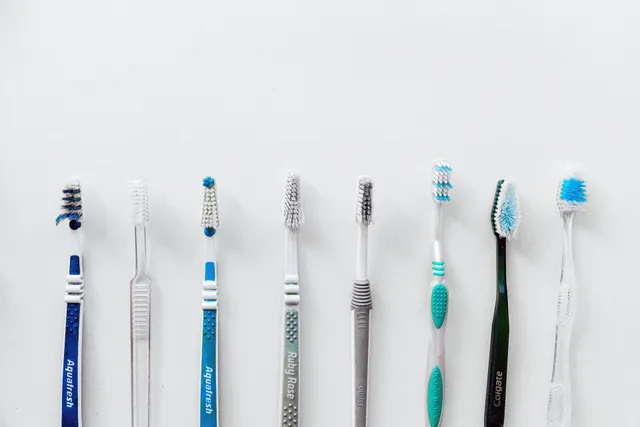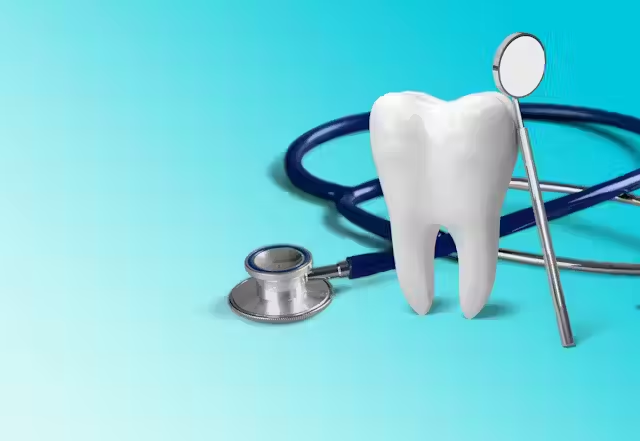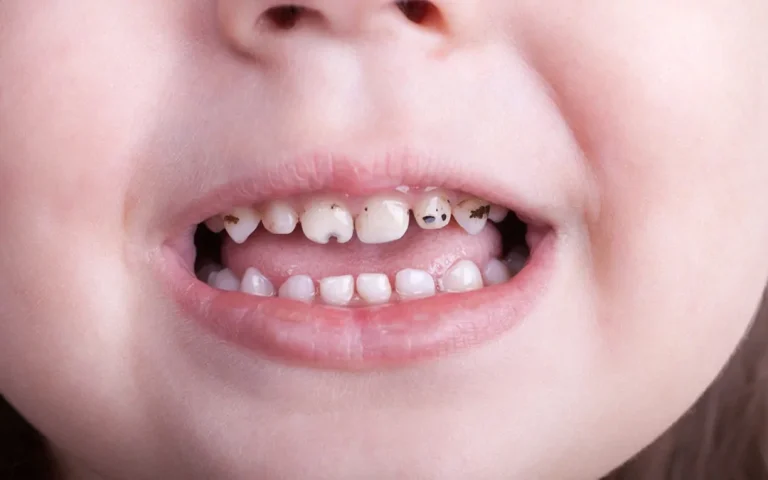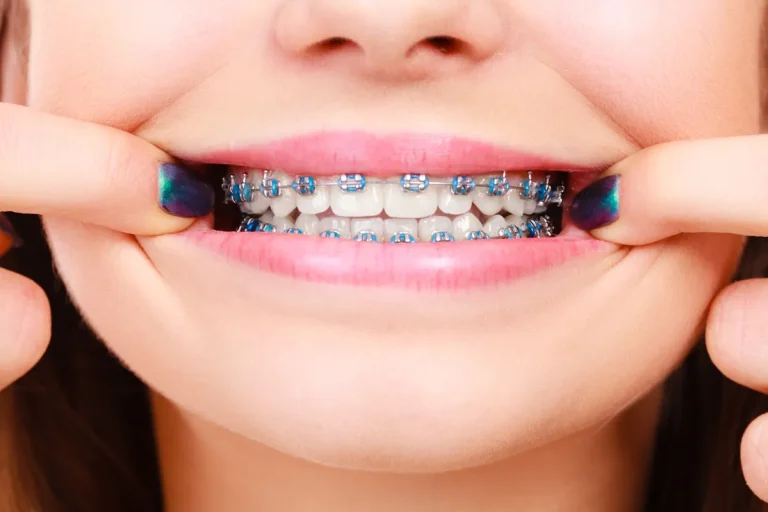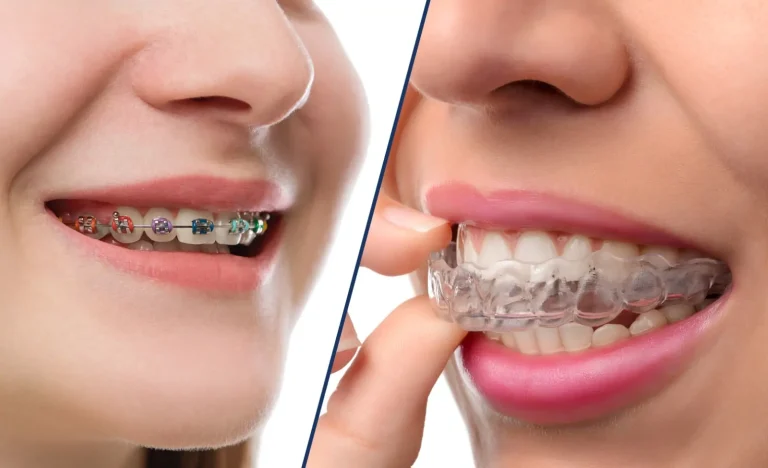The Evolution of Manual Toothbrushes: From Basics to Innovations
When was the last time you stopped to think about your toothbrush? It’s one of those everyday items we use without a second thought, but its role in keeping our teeth healthy is absolutely vital. From ancient chew sticks to modern smart toothbrushes, this little tool has come a long way. And let’s be honest—can you imagine life without it?
In this article, we’re diving into the fascinating evolution of the toothbrush. We’ll explore its humble beginnings, how technology has transformed manual brushes, the rise of eco-friendly alternatives, and what the future holds for dental hygiene tools. Whether you’re a history buff, a tech enthusiast, or someone looking to make more sustainable choices, there’s something here for everyone. So grab your coffee (or tea—just don’t forget to brush after!), and let’s take a closer look at the story behind your smile’s best friend.
I. History of Toothbrush Design
When you think about it, the toothbrush is one of the most essential tools in our daily lives. It’s something we often take for granted, but the journey of this humble instrument is nothing short of fascinating. Let’s take a stroll down memory lane and explore how toothbrushes have evolved from their ancient origins to the sleek designs we use today.
A. Early Forms of Toothbrushes
Long before the modern toothbrush graced our bathroom counters, people were getting creative with their dental hygiene. Ancient civilizations had their own methods for keeping their pearly whites clean. For instance, the Egyptians and Babylonians used chew sticks, which were twigs from trees with frayed ends. Imagine walking around with a stick in your mouth, gnawing away at it to clean your teeth! It may sound odd today, but it was an effective way to maintain oral health.
Fast forward to China during the Tang Dynasty (around the 7th century), where the first bristle toothbrushes made their debut. These early brushes were crafted using animal hair—often from hogs—attached to a bamboo or bone handle. It’s incredible to think that this design laid the groundwork for what we now recognize as a toothbrush!
B. The Rise of Modern Toothbrushes
The toothbrush as we know it began to take shape in the late 18th century, thanks to an Englishman named William Addis. After being imprisoned for a short time, he devised a way to create a mass-produced toothbrush by drilling holes into a bone and inserting bristles into them. This innovative approach led to the first commercial toothbrush in 1780, marking a significant milestone in dental care.
As we moved into the 20th century, toothbrush design underwent further transformations. The introduction of nylon bristles in 1938 revolutionized oral hygiene. Unlike natural bristles, nylon was more durable and easier to clean, making it a game-changer for toothbrush manufacturing. This shift not only improved the effectiveness of brushing but also made dental care more accessible to people around the world.
The design of toothbrushes continued to evolve throughout the decades, with manufacturers experimenting with different shapes, sizes, and bristle configurations. Ergonomic handles became popular, allowing for better grip and maneuverability while brushing. Today’s toothbrushes come in an array of options—from soft to hard bristles—catering to individual preferences and needs.
So there you have it! The history of toothbrush design is rich and varied, showcasing humanity’s ongoing commitment to dental hygiene. As we transition into discussing how technology has influenced manual toothbrushes, it’s clear that this journey is far from over!
II. Impact of Technology on Manual Toothbrushes
As we dive deeper into the world of toothbrushes, it’s impossible to ignore how technology has transformed these everyday tools. From the materials used to the way we brush our teeth, innovations have played a significant role in enhancing our dental hygiene practices. Let’s explore how technology has shaped manual toothbrushes and what that means for our oral care routine.
A. Innovations in Design and Materials
The evolution of toothbrush design has been heavily influenced by advancements in materials and manufacturing techniques. When nylon bristles were introduced in the late 1930s, it marked a turning point in toothbrush history. Unlike their natural counterparts, nylon bristles are less porous and more resistant to wear and tear, making them a favorite among consumers.
But that’s just the tip of the iceberg! Modern toothbrushes now come with various bristle types—soft, medium, and hard—allowing users to choose what feels best for their gums and teeth. Some brushes even feature specialized bristle patterns designed to target plaque in hard-to-reach areas. It’s like having a personal dental assistant right in your hand!
Ergonomic handles have also made a splash in toothbrush design. Today’s brushes often feature contoured grips that fit comfortably in your hand, making it easier to maintain proper brushing technique. Some even come with built-in timers to help you brush for the recommended two minutes—talk about a smart way to keep your smile shining!
B. The Role of Electric Toothbrushes
Now, let’s talk about electric toothbrushes. These high-tech gadgets have taken the dental world by storm, and for good reason! The first electric toothbrush was introduced in the 1960s, but it wasn’t until recent years that they really gained popularity among consumers.
Electric toothbrushes offer several advantages over manual ones. For starters, they provide consistent brushing motion that can help remove plaque more effectively. Many models come equipped with oscillating or rotating heads that can reach those tricky spots between teeth and along the gum line. Plus, some electric toothbrushes even come with pressure sensors to prevent you from brushing too hard—a common mistake that can lead to gum damage.
But it’s not just about cleaning power; electric toothbrushes often come with features like Bluetooth connectivity and smartphone apps that track your brushing habits. Imagine getting real-time feedback on your technique while you brush! It’s like having a dental hygienist right there with you, guiding you toward better oral health.
In summary, technology has dramatically impacted manual toothbrushes, leading to innovations in design and functionality that enhance our daily dental care routines. As we look ahead to eco-friendly alternatives in the next section, it’s clear that the evolution of toothbrushes is an ongoing journey—one that continues to adapt to our changing needs and preferences!
III. Eco-Friendly Alternatives
As we become more aware of our environmental impact, many people are seeking eco-friendly alternatives to everyday products, and toothbrushes are no exception. With millions of plastic toothbrushes ending up in landfills each year, it’s no wonder that consumers are turning to sustainable options. Let’s explore the rise of eco-friendly toothbrushes and the trends driving this change.
A. Rise of Sustainable Toothbrushes
Bamboo toothbrushes have emerged as a popular alternative to traditional plastic brushes. Made from biodegradable bamboo, these toothbrushes offer a sustainable option that doesn’t compromise on effectiveness. The bristles are often made from nylon, but some brands are working on fully biodegradable alternatives as well. Using a bamboo toothbrush is like giving Mother Earth a little hug every time you brush!
Another innovative option is the use of recycled materials in toothbrush production. Some companies are creating brushes from recycled plastic waste, reducing the amount of new plastic that enters the market. This not only helps decrease pollution but also promotes a circular economy where materials are reused instead of discarded.
B. Consumer Trends Towards Eco-Conscious Choices
The shift toward eco-friendly toothbrushes reflects a broader trend in consumer behavior—people are becoming increasingly conscious of their purchasing decisions and their environmental impact. Many consumers are now looking for products that align with their values, and this includes dental hygiene tools.
Brands that focus on sustainability are gaining traction in the market. For instance, companies like Brush with Bamboo and Humble Brush have made it their mission to provide environmentally friendly options while maintaining high standards of quality and effectiveness. These brands often emphasize transparency in their sourcing and manufacturing processes, appealing to eco-conscious consumers who want to make informed choices.
Moreover, subscription services for eco-friendly dental care products are on the rise. These services not only deliver sustainable toothbrushes right to your door but also offer refills for toothpaste tablets or floss made from natural materials, making it easier than ever to maintain an eco-friendly oral care routine.
In conclusion, the movement toward eco-friendly alternatives in toothbrush design is gaining momentum, driven by consumer demand for sustainable products. As we look to the future of dental hygiene tools, it’s clear that environmental consciousness will play a significant role in shaping our choices—and our smiles!
IV. The Future of Dental Hygiene Tools
As we gaze into the crystal ball of dental hygiene, it’s exciting to consider what the future holds for toothbrushes and oral care tools. With rapid advancements in technology and a growing emphasis on sustainability, the next generation of dental hygiene products promises to be more effective, user-friendly, and environmentally conscious. Let’s explore some emerging trends and innovations that are likely to shape the future of our brushing routines.
A. Emerging Technologies in Oral Care
One of the most intriguing developments in dental hygiene is the rise of smart toothbrushes. These high-tech devices are equipped with sensors that track your brushing habits and provide real-time feedback through connected apps. Imagine brushing your teeth while your toothbrush communicates with your smartphone, alerting you if you’re applying too much pressure or if you’ve missed a spot. It’s like having a personal dentist coaching you through your routine!
Some smart toothbrushes even offer personalized brushing modes tailored to your specific needs, whether you have sensitive gums or need extra plaque removal. This level of customization could revolutionize how we approach oral care, making it easier for individuals to maintain optimal dental hygiene.
Additionally, innovations in materials are on the horizon. Researchers are exploring advanced materials that could enhance cleaning efficiency while being more sustainable. For example, there’s ongoing work on bio-based plastics and other eco-friendly materials that can be used in toothbrush production, reducing reliance on petroleum-based plastics.
B. Predictions for Dental Hygiene Practices
Looking ahead, we can expect a shift in consumer preferences that prioritizes both effectiveness and sustainability in dental hygiene tools. As more people become aware of the environmental impact of their choices, there will likely be an increased demand for products that not only clean well but also minimize waste.
For instance, refillable toothbrush systems may become more mainstream. Imagine a toothbrush handle designed to last for years, with replaceable heads that can be easily swapped out when worn down. This model would significantly reduce plastic waste while still ensuring effective cleaning.
Moreover, as telehealth continues to grow in popularity, we might see an increase in virtual consultations with dental professionals who can guide patients on proper brushing techniques and recommend personalized care routines based on individual needs.
In summary, the future of dental hygiene tools is bright and full of potential. With technological advancements and a commitment to sustainability driving innovation, we can look forward to a new era of toothbrushes that not only enhance our oral health but also contribute positively to our planet. As we wrap up this exploration of toothbrush evolution, it’s clear that our choices today will shape the smiles of tomorrow!
Conclusion
The journey of toothbrushes from ancient chew sticks to modern, high-tech devices is a testament to our evolving understanding of dental hygiene and our commitment to maintaining oral health. As we’ve explored, the history of toothbrush design reveals a rich tapestry of innovation, driven by both necessity and technological advancements.
Today, we find ourselves at an exciting crossroads where eco-friendly alternatives are gaining traction, reflecting a growing awareness of our environmental responsibilities. With sustainable options like bamboo toothbrushes and recycled materials becoming more mainstream, consumers have the power to make choices that benefit both their health and the planet.
Looking ahead, the future of dental hygiene tools is poised for remarkable changes. Smart toothbrushes equipped with advanced technology promise to enhance our brushing experience, while ongoing innovations in materials will likely lead to even more sustainable options. As we embrace these developments, it’s essential to remain mindful of how our choices impact not just our dental health but also the environment.
So, the next time you pick up your toothbrush, take a moment to appreciate its incredible evolution. Consider exploring eco-friendly alternatives and embracing the technological advancements that can elevate your oral care routine. After all, a healthy smile is not just about brushing; it’s about making informed choices that contribute to a brighter future for all!
FAQs
Q: What were some of the earliest forms of toothbrushes?
A: Ancient civilizations used chew sticks, which were twigs with frayed ends used to clean teeth.
Q: When and where did the first bristle toothbrush appear?
A: Bristle toothbrushes first appeared in China during the Tang Dynasty (around the 7th century).
Q: Who invented the first mass-produced toothbrush?
A: William Addis, an Englishman, created the first commercial toothbrush in 1780.
Q: What was the major material innovation in toothbrushes in the 20th century?
A: The introduction of nylon bristles in 1938 revolutionized toothbrush design.
Q: What are some advantages of nylon bristles over natural bristles?
A: Nylon bristles are more durable, easier to clean, and less porous than natural bristles.
Q: What is an ergonomic toothbrush handle?
A: It’s a handle designed for a comfortable grip, making it easier to maintain proper brushing technique.
Q: How do electric toothbrushes improve oral hygiene?
A: They provide consistent brushing motion, remove plaque more effectively, and often include features like pressure sensors and timers.
Q: What are some eco-friendly alternatives to traditional plastic toothbrushes?
A: Bamboo toothbrushes and toothbrushes made from recycled materials are popular sustainable options.
Q: Why are bamboo toothbrushes considered eco-friendly?
A: Bamboo is a biodegradable material, making it a sustainable alternative to plastic.
Q: What emerging technologies might shape the future of toothbrushes?
A: Smart toothbrushes with sensors and connected apps, along with the use of bio-based plastics, are likely to become more prevalent.

